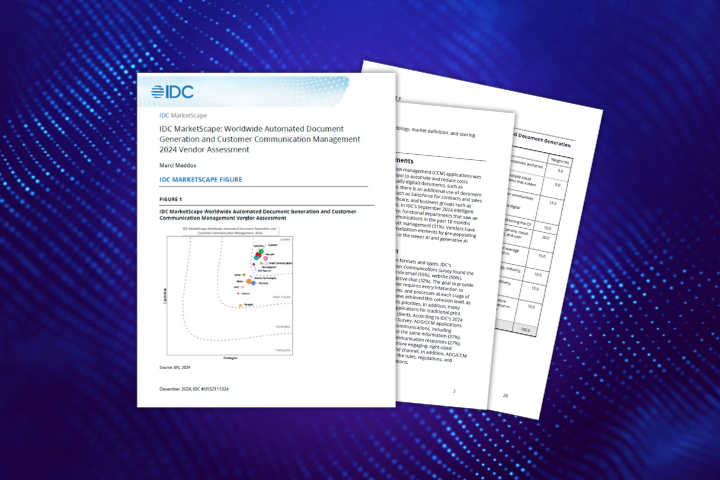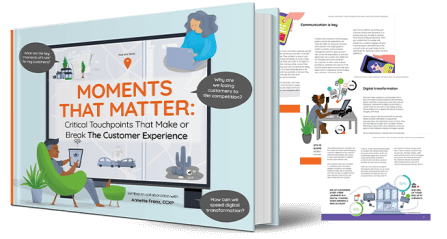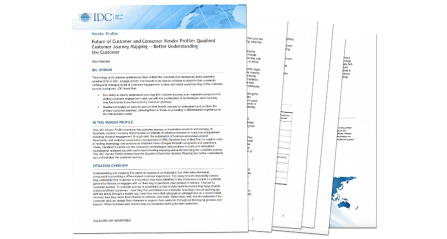Introduction
The customer experience is the sum of all the interactions that a customer has over the life of the relationship with the brand. But more importantly, the emotions, feelings, and perceptions about those interactions. One of the ways we understand the customer’s experience is through mapping and analyzing the journey through all customer touchpoints.
What is customer journey analysis?
An alphabet soup of terms has emerged in the customer journey mapping arena. The concept of customer journey mapping itself can be confusing because people define and execute it differently.
However, the field has evolved with new concepts to ensure that the customer experience is more proactively designed to meet customer needs. But these new concepts are equally confusing. What do they mean?

The dictionary tells us that a journey is the act of traveling from one place to another. Similarly, a customer journey is the act of – or the steps that a customer takes while in the process of – completing some interaction or transaction with a brand.
Just like a journey could include many modes of transportation, customer journeys may involve multiple channels in pursuit of completing the task or achieving the desired outcome. Examples of interactions include contacting customer service, creating an online account, paying an invoice or making a purchase or interacting with a brand on social media.
It follows then that customer journey mapping is the process of capturing what the customer is doing, thinking, and feeling as he/she completes an interaction or transaction while attempting to achieve some goal or outcome.

A journey map is a visualization of the steps that the customer takes on the journey, from the moment she had a need until that need was fulfilled. It is customer-driven, from the customer’s viewpoint. Know that journey mapping is a tool and a process that includes current state mapping, future state mapping, day-in-the-life mapping, service blueprinting, and implementation.
Another term that is often used interchangeably with journey mapping but is definitely not the same thing: touchpoint mapping. It is a tool used to capture and inventory all of the different ways that you touch or interact with customers (or they with you) throughout the customer lifecycle. Based on what you uncover in this map, the next step is to map the journey to and through the painful or problematic touchpoints.
Customer journey management takes your journey maps to the next level, to ensure that they don’t remain just a pretty picture on the wall. Peter Haid, CX strategist at Lumen Technologies, defines journey management as “the discipline of understanding, planning, implementing, and optimizing a portfolio of journey maps to generate value-building enhancements to the customer experience.”

A vital part of customer journey management is customer journey analysis. Customer journey analysis is the process of tracking and analyzing the way customers use combinations of channels to interact with an organization. It covers all channels present and future which interface directly with customers. The goal of customer journey analytics is to help organizations deliver optimal customer experiences, across touchpoints, by providing cross-functional teams with the 360-degree insights needed to execute it.
Customer journey analytics is data-driven and brings your journey maps to life. It allows you to add data along each step and channel of the journey, highlighting the multiple variations of journeys and micro-journeys that customers may take. It enables the optimization of the total customer experience so that customers achieve outcomes and receive value.
What are the benefits of customer journey analysis?
Customer journey mapping analysis is a vital component of a successful customer journey management program. It enables businesses to track, measure and ultimately improve the customer experience and business outcomes. Valuable insights obtained by analyzing a customer journey map can be leveraged to optimize journeys and measure the impact of CX initiatives.
Customer journey analysis informs your entire enterprise with insights into customer behavior. It enables you to identify pain points and diagnose issues in real time. These insights can help you determine the best way to solve these issues and to prioritize improvements.
How to conduct a customer journey analysis?
Analysis of your customer’s journey with your business is critical to obtaining the expected benefits to the overall customer experience. But how do you conduct a customer journey analysis?
Here are six steps you need to take to conduct an analysis of your customer’s journey.
Identify points of friction in the journey
Customers expect their interactions with your business to be easy. When the experience you deliver falls short of this expectation, it negatively impacts your customer’s overall experience. It is critical to identify points of friction so that you can take action to improve.

Identify channel transitions that result in friction
Customers use several channels or devices such as email, SMS, mobile or your corporate website to interact with your business today. Transitions between these channels often results in friction. For example, a customer may start completing a form on their mobile phone but decides to complete it on a laptop. If the data the customer entered into the form is lost and they have to start over it results in lost time and frustration. Identify pain points related to channel transitions to streamline them for customers.

Identify unnecessary touchpoints
Look for steps in the journey that are unnecessary and could be eliminated to simplify your customer’s experience. If a step in the journey is not essential and does not add value to the interaction it should be removed.
Evaluate durations for each stage of the journey
Determine the time that it takes a customer to complete each interaction. The time spent on an interaction impacts the Customer Effort Score (CES), which is one of the most important metrics used to measure CX.
If customers view the effort required to complete a transaction as too burdensome it can result in losing customers. Identify steps in the journey where the time and effort required are considerable and take action to streamline these parts of the journey
Identify ‘moments of truth’
‘Moments of truth’ are make-or-break instances along a customer’s journey that present a decision point. If executed well, the customer continues their journey doing business with the brand. If executed poorly, it’s likely the customer will stop doing business with the brand. Each moment of truth is a pivotal opportunity to differentiate your brand and enchant your customers.
For example, the claims process is a critical moment of truth for insurance companies. The claims process can be very emotional for the customer. It’s important that insurers infuse empathy within the claims process to deliver the best CX.

Use your journey map to identify the critical moments that matter and take action to execute consistent, relevant and personalized experiences – every customer, every time.

Download our complimentary eBook: Moments that Matter: Critical Touchpoints that Make or Break the Customer Experience to learn more.
Identify points in the journey where customer expectations were met or exceeded
While identifying pain points in the journey is important to determine where to focus your CX efforts, it is equally important to determine where you met or exceeded your customer’s expectations so that you can replicate those experiences elsewhere in the journey.
Conclusion
Customer journey mapping is the first step towards understanding the customer experience that you are delivering. But after creating a customer journey map you need to conduct an analysis of your map to pinpoint areas where you can simplify and streamline your customer interactions to deliver a customer experience that drives loyalty and improved business outcomes.










